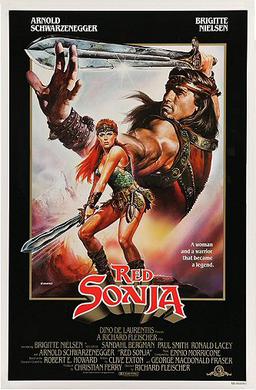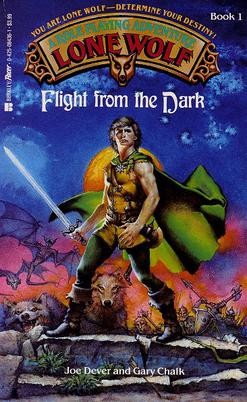"Dark Heart of Uukrul" is an Old School dungeon crawling CRPG where you play a party of adventurers (Fighter, Paladin, Priest and Magician) exploring the underground city of Eriosthe. Not only must you survive and level up, but your ultimate goal is to figure out a way to defeat the eponymous dark lord.
Reminiscent of Ultima IV's innovative character creation, the computer asks a series of questions to determine your beginning stats. Thus, each PC reflects their attitude and experience. Additionally, within each class, there are subclasses, but what, if any, effect a subclass has upon the game is not explained, nor can it be easily deduced.
Indeed, this lack of information also shows up in other parts of the game. Sometimes, this is a problem. For example, no stats are given for items so finding out what they do is a process of trial-and-error. Sometimes, this adds additional flavor and/or challenge. For example, a particular
sprite in combat can be several different creatures, so the player doesn't initially know what he's fighting until battle begins in earnest. Old School!
Often compared unfavorably to the contemporary and well-loved
Gold Box series of CRPGs (e.g., Pool of Radiance, Curse of the Azure Bonds, etc.), based on 1st edition Advanced Dungeons & Dragons, "Dark Heart of Uukrul" also uses a third person view for exploration and a top down view for combat. In addition, like most CRPGs, "Dark Heart of Uukrul" uses a class/level system. However, the similarities stop there.
Written by Ian Boswell and Martin Buis, a couple of comp sci students from New Zealand, Uukrul was a fresh perspective on CRPGs that placed a much stronger emphasis on player skill and creativity rather than combat, making it more akin to
Zork and other text adventures. As Boswell
notes:
"[W]e did set out to make the game memorable, and the things the player remembers most are solving challenges, not hacking up monsters. It’s the puzzles and the plot that people remember. Both Martin and I were fond of puzzles and intellectual challenges, so we imbedded some of our favourites into the game, and created new ones of our own. The very best puzzles, I find, are ones where you see the pieces, but the “big picture” is hidden from view until you put the pieces together the right way, and then the logic dawns on you and everything makes sense."
As a result, although overshadowed by the Gold Box series, IMHO "Dark Heart of Uukrul" actually does a better job of emulating the feel of an Old School dungeon crawl, where thinking your way out of jams is more important that fighting your way out.
Speaking of dungeon crawling, Eriosthe is enormous (in today's parlance it is a megadungeon) with passages and rooms that seem to stretch out for ages. The dungeon design is excellent, pushing the player to think. Fortunately, there's an excellent automapping function.
Furthermore, in the best Old School tradition, you feel a real sense of dread and foreboding and you're always gambling whether to push forward or to fall back and recoup your strength because you have no idea what the heck might show up. Speaking of which, there's still plenty of fighting to be had.
It's good that the exploration phase of the game is strong because combat is lacking for several reasons. Firstly, although PCs can move diagonally (if there is space), they can only attack orthogonally, which leads to some strange situations. Secondly, there are NO RANGED WEAPONS! Consequently, your ranged offense is entirely limited to magical attacks from your Priest and Magician. Thirdly, there are no sounds in the game. While this actually helps in the exploration phase of the game (there are short well-written statements which add to the atmosphere), in combat the absence is noticeable.
Not known for fantasy games, Brøderbund commissioned and published "Dark Heart of Uukrul" to cash in on the popularity of CRPGs such as Wizardry and Ultima. However, the game was a commercial failure with only 5000 sales (of which I was one). Nevertheless, something of a cult following has developed over the years.
This is another game that isn't for everyone but if you are looking for a challenging dungeon crawler in the best Old School tradition and if you are willing overlook its shortcomings, "Dark Heart of Uukrul" just might be right for you.
























.jpg)





